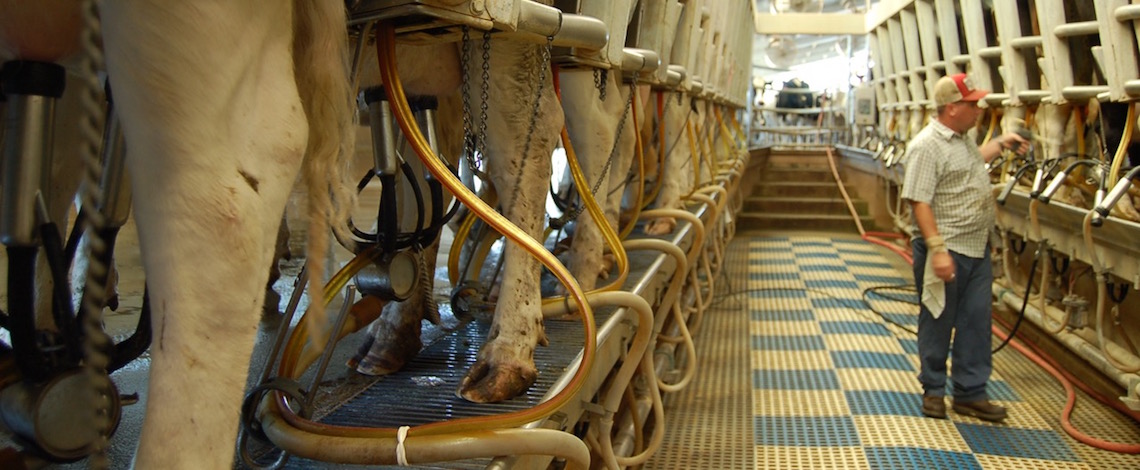
File Photo
Written by Edward Smith
New data from Kings County show a nominal decrease in ag values in 2020.
Overall, growers reported to the Ag Commissioner’s office a decrease in farm revenue of $8.2 million year-over-year to $2.18 billion in 2020. That represents a decrease just under half a percentage point.
Substantial swings in specific products resulted in a near wash for the county. Milk retained the top spot, yielding nearly a $100 million increase year-over-year — climbing to $700.4 million in 2020 from $602.65 million. Milk helped pull the entire livestock-and-poultry-product segment to a 15.7% increase. Government purchasing for dairy products during the pandemic helped bolster prices as institutional buyers — such as school districts — declined, as did restaurants in the beginning of the pandemic. Pizza performed well during the pandemic, helping elevate cheese prices.
On the flip side of the coin, poultry and livestock farmers reported a 14.9% decrease in total values lead by poultry, which plummeted to $59.77 million from $82.07 million in 2019. Total livestock and poultry values fell $40 million to $222.99 million from $262.01 million in 2019. Ag Commissioner Jimmy Hook attributed a decrease in chickens sold as well as lower cattle prices for the drop.
Vegetable crops climbed 4.7% to $189.15 million, lead by an increase in tomato acreage and pricing.
Fruit and nuts stayed around the same, climbing 0.7% to $648.67 million.
Pistachios were the only nut winner in the county — climbing $32.85 million year-over-year to $214.45 in 2020. This boosted the nut to return to the No. 2 spot for commodities after dropping to No. 4 in 2019. Decreases in prices for walnuts took values to $51 million from $69.47 million in 2019.
Almonds also dropped in value to $141.99 million from $193.01 million in 2019.
Field crops took a 16.6% hit, lead by pima cotton which dropped to $149.15 million from $192.26 million in 2019. Acreage for the water-intensive crop dropped to 79,600 from 98,511 in 2019.







